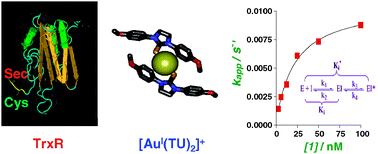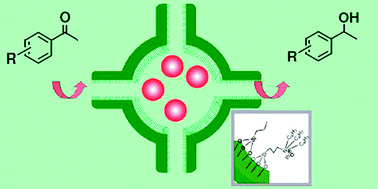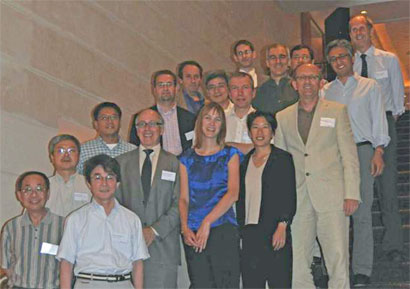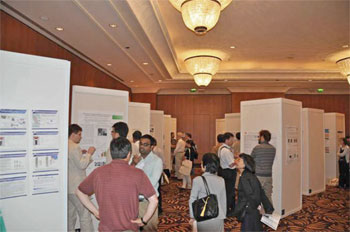Based at Nottingham University in the UK, Ross Denton’s research group works on the development of new reactions for the selective formation of carbon-heteroatom and carbon-carbon bonds catalysed by small organic molecules such as phosphine oxides and on the synthesis natural products.

Ross Denton
Ross took some time out from his research to answer a few questions for us…
What inspired you to become a scientist?
I was interested in science and how things worked from an early age. I spent a lot of time taking things apart when I was young. During my chemistry degree I spent a year working at AstraZeneca where I read books on natural product synthesis in the library; I also began to read chemistry journals and was amazed at the complexity of the structures that were being made by organic chemists and at the creativity that is possible in synthesis. I knew then that I wanted to do a PhD in organic chemistry and work in this field. Later on, after completing my PhD, I was fortunate enough to work for K.C. Nicolaou – the author (along with Eric Sorensen) of one of the books about synthesis I had read as an undergraduate. I became a scientist because I wanted a job where I could pursue my own ideas to solve problems and hopefully develop something useful.
What was the motivation behind the work described in you ChemComm article?
Phosphorus reagents are used in synthetic chemistry labs around the world on a daily basis. Indeed, most organic chemists are familiar with the Wittig, Mitsunobu and Appel reactions. Despite being very useful these reactions all have one big drawback, namely, the generation of phosphine oxides as stoichiometric by-products. This means that the reactions cannot be easily used on a large scale and most of the time chromatography is necessary to separate the product from the phosphine oxide by-product. We want to solve the phosphine oxide problem by developing phosphine oxide-catalysed versions of these reactions – turning the by-product into the catalyst for the reactions. The work described in the paper is the first catalytic chlorination of alcohols under Appel conditions and is the proof-of-concept for a range of catalytic phosphorus reactions we are working on. Here triphenylphosphine oxide, the stoichiometric by-product formed in the classical version of the reaction, is used as a catalyst for the chlorination reaction. The result is a mild chlorination reaction and 90 % less triphenylphosphine oxide to remove from the product at the end.
Why did you choose ChemComm to publish your work?
Due to its fast publication times, broad readership and high impact factor.
Where do you see your research heading next?
We are now building on the results in the paper to develop other catalytic halogenation reactions and are also working on catalytic versions of several more of the most important phosphorus-mediated transformations such as the Wittig and Mitsunobu reactions. We hope that ultimately our research will help to eliminate phosphorus waste resulting in cleaner chemical synthesis.
What do you enjoy doing in your spare time?
Spending time with my wife and son.
If you could not be a scientist but could be anything else what would you be?
A mountaineer or rock climber.
If you have had a recent ChemComm publication and are interested in featuring on the ‘meet our authors’ website, then please get in touch with us at the ChemComm editorial office.


















